Decrease in sodium content of processed foods from 2009 to 2015 in America

A study conducted by Clapp J et al and published by Preventing Chronic Disease investigated the serving size, calories and sodium content of processed foods with the top 80% of sales between 2009 and 2015 in America. Results were reported per serve and density and it was found that sodium per serve and density decreased […]
Process Evaluation Informs Future Salt Reduction Strategies in the Pacific Islands

Fiji specific results from the Global Alliance for Chronic Diseases (GACD) project on “Cost-effectiveness of salt reduction strategies in the Pacific Islands” led by The George Institute for Global Health in collaboration with C-POND, Fiji, have been published in Nutrients. Webster et al conducted a process evaluation and costing of the multi-faceted population salt reduction […]
Salty Sausages a Health Risk on Australian BBQ’s
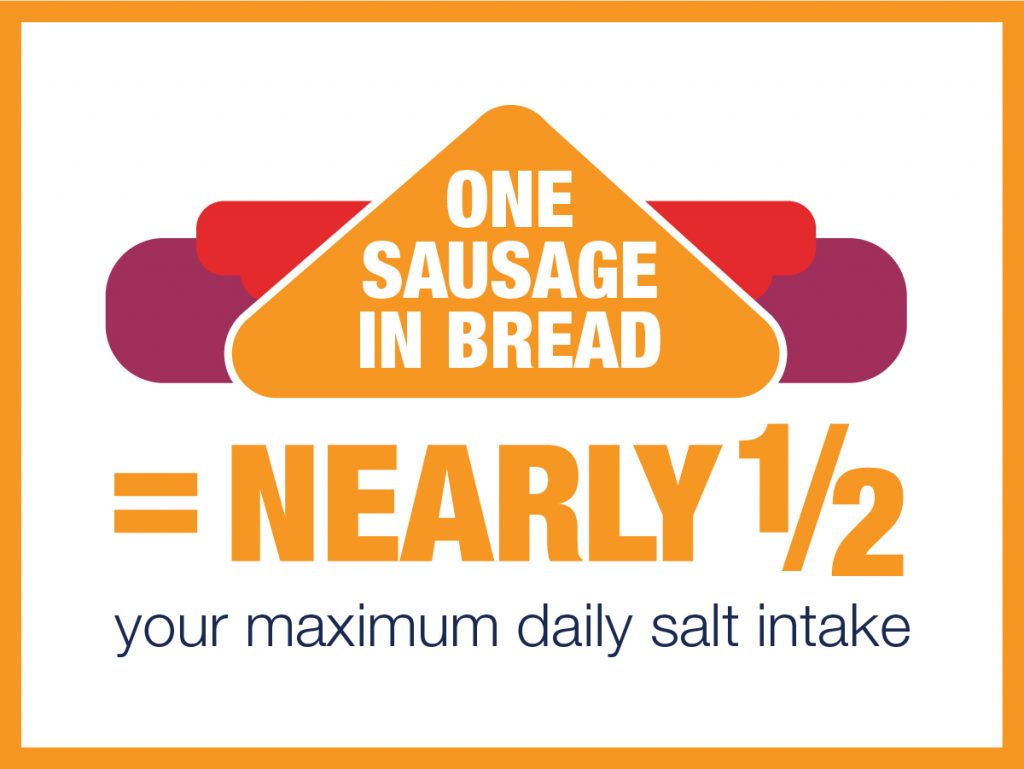
Research conducted by the George Institute for Global Health, in collaboration with the Victorian Health Promotion Foundation (VicHealth) and the Heart Foundation Victoria, showed that the Australian BBQ favourite – sausages – contain on average over a quarter (28%) of recommended daily salt intake in one sausage alone. Data was analysed from 2010-2017, with data […]
Christmas dip and cracker platters packed with salt
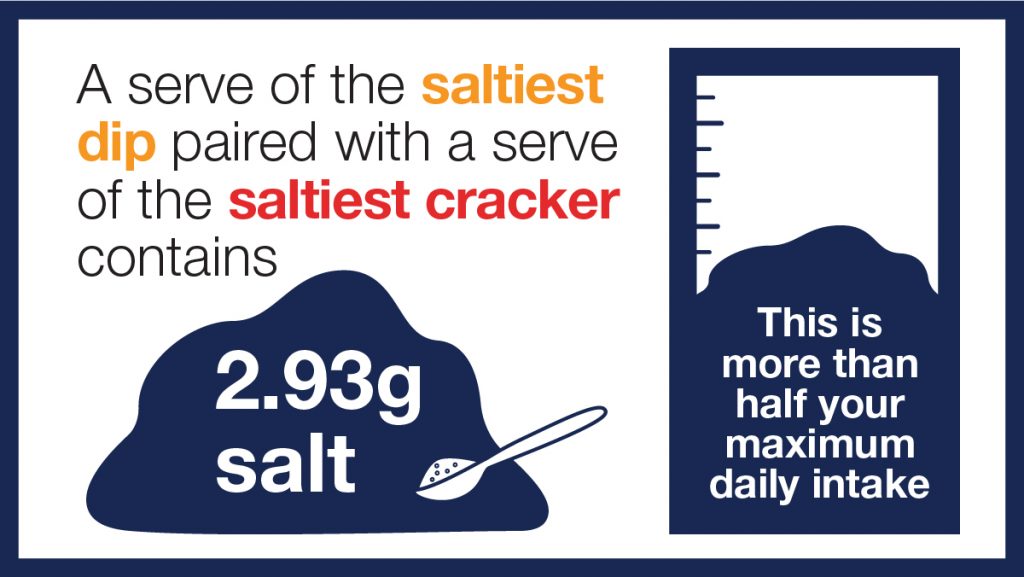
Research conducted by the George Institute for Global Health, in collaboration with the Victorian Health Promotion Foundation (VicHealth) and the Heart Foundation Victoria, found that dips and crackers are packed with salt. Salt levels in 849 dips and 1285 crackers were analysed between 2010 and 2017, with data collected from four major supermarkets in Australia […]
South Africans on target to shake their salt habit
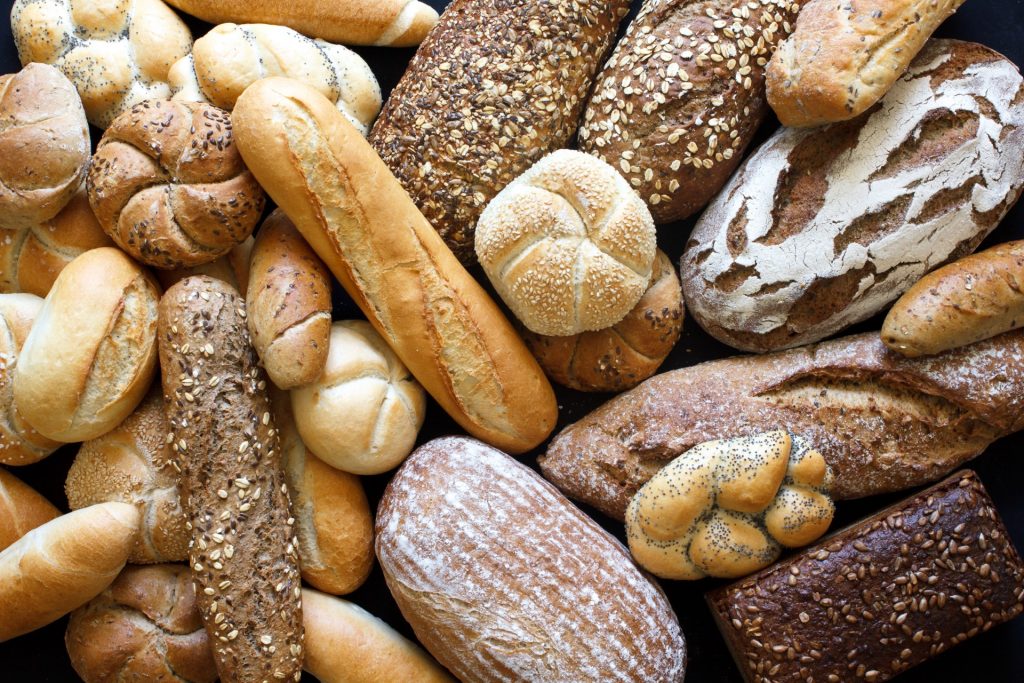
South Africa is on track to meet mandatory salt targets, according to analysis of more than 11,000 packaged foods. But, the study by The George Institute for Global Health (Peters et al published in Nutrients journal) found many commonly eaten products including bread, sausages and crisps still contained high levels of salt just months before the […]
Salt levels in bread in Australia declined from 2010 to 2017

[vc_row][vc_column][vc_column_text] Australian researchers have found some rye and sourdough breads contain more salt than a packet of chips pic.twitter.com/CfwAlOFWIK — ABC News 24 (@ABCNews24) March 21, 2017 [/vc_column_text][vc_column_text]In support of WSAW 2017, the George Institute for Global Health conducted a survey to look at the salt contents of packaged breads sold in Australia. The study […]
Association of salt-related knowledge and behaviours with salt intake
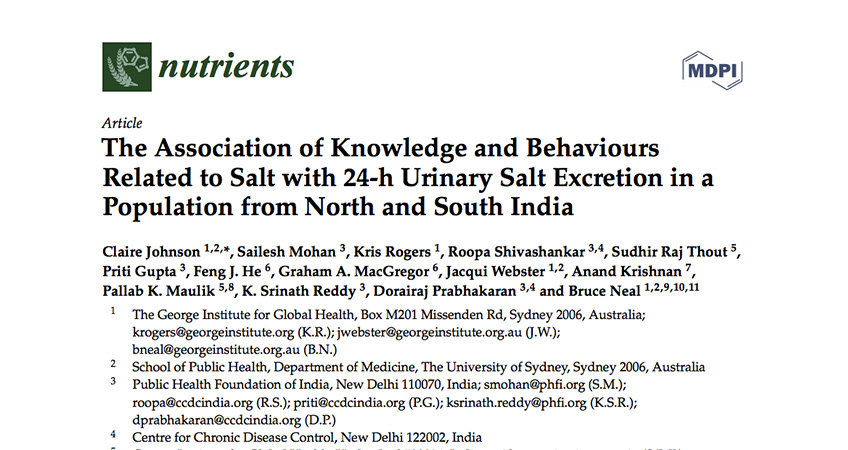
A study by Johnson et al at the George Institute for Global health, published in Nutrients in February 2017, showed that the mean salt intake in India was 9.27 (8.87-9.69) g/day based on 24-hour urine samples. The study revealed that less use of salt while cooking, avoidance of snacks or namkeens–a savoury Indian snack, and […]
Behaviour change interventions to reduce population salt intake
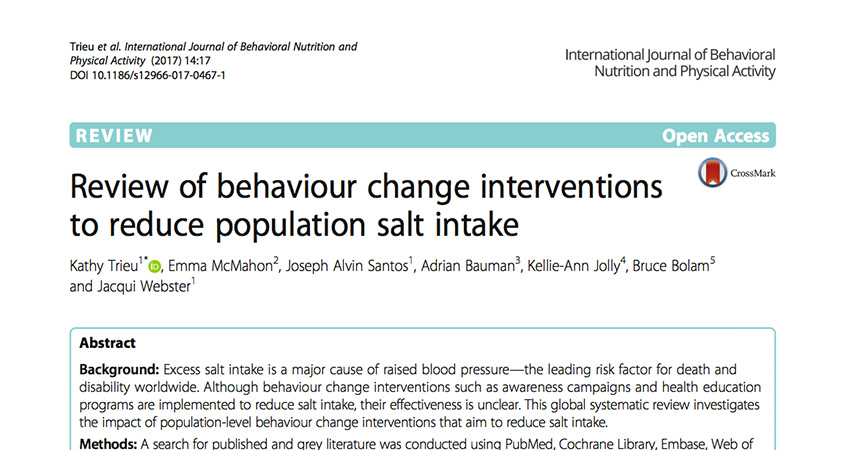
Trieu et al at the George Institute for Global Health conducted a systematic review to evaluate the effectiveness of population-level behaviour change interventions to reduce salt intake, published in the International Journal of Behavioral Nutrition and Physical Activity in February 2017. The review found that 19 of 22 studies reported that health education or awareness […]
Impact of UK sodium reduction policies on disease burden and equity
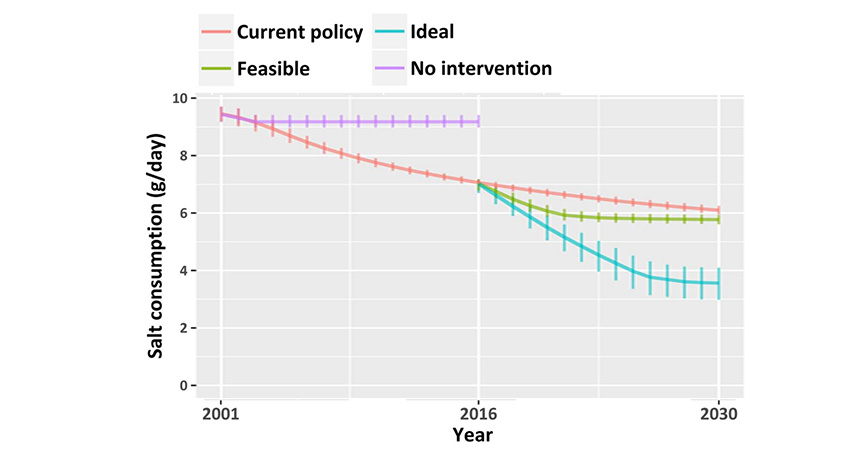
A recent study by Kypridemos et al published in BMJ Open (2017) found that sodium reduction policies in the UK are effective in reducing the burden of cardiovascular diseases (CVD) and gastric cancer (GCa), but the effects are disproportionate across socioeconomic groups. The study estimated that the UK strategy resulted in about 52,000 fewer new […]
Salt reduction consultation meeting in South Africa
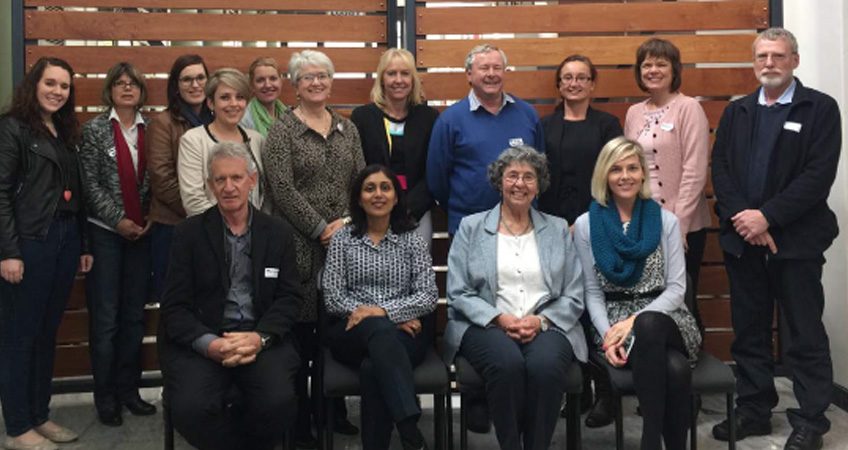
In September 2016, a high-level salt reduction consultation meeting was held in Cape Town, South Africa to discuss progress, challenges and the next steps for the country’s salt reduction strategy. The meeting was attended by 25 key participants from government, non-government organizations, universities and research organizations. To read the full report of the meeting, click […]